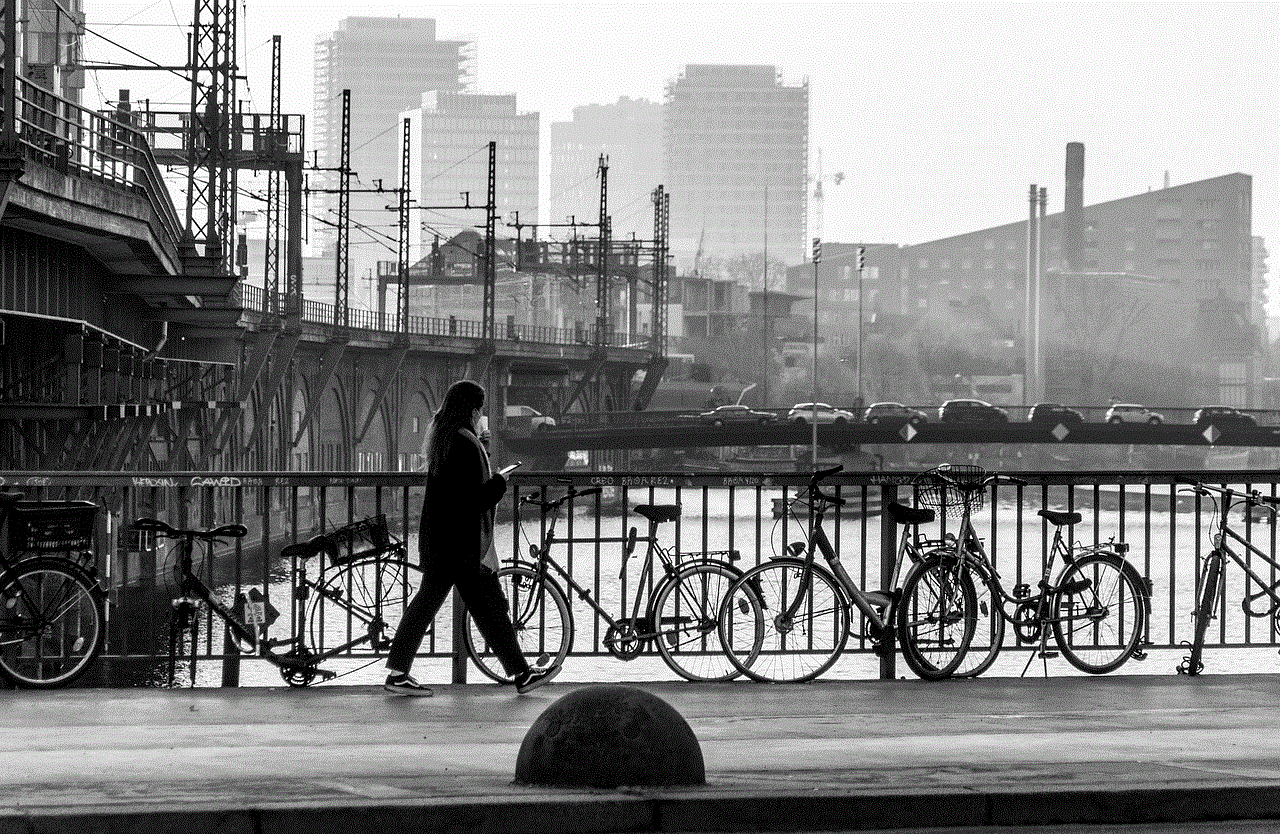how to recover deleted photos on facebook 2021
How to Recover Deleted Photos on Facebook 2021
In this digital age, social media platforms have become an integral part of our lives, and Facebook is undoubtedly one of the most popular ones. People use Facebook to connect, share, and store memories through photos. With the ease of uploading and sharing pictures, it’s no surprise that Facebook has become a virtual photo album for many individuals. However, accidents happen, and sometimes, precious photos get deleted. If you’re wondering how to recover deleted photos on Facebook in 2021, this comprehensive guide will walk you through the process.
1. Understand Facebook’s Photo Deletion Process
Before diving into the recovery methods, it’s essential to understand how Facebook handles photo deletions. When you delete a photo from your Facebook account, it goes into the “Recently Deleted” album. This album acts as a safety net, keeping your deleted photos for a specific period. After the designated time, Facebook permanently erases the photos from its servers. Therefore, it’s crucial to act promptly if you want to recover a deleted photo.
2. Check the “Recently Deleted” Album
To recover deleted photos on Facebook, start by checking the “Recently Deleted” album. To access this album, log in to your Facebook account and navigate to your profile. Click on the “Photos” tab and then select “Albums.” Look for the “Recently Deleted” album, which should be located at the top of the list. Open the album and browse through the photos to see if the deleted picture is there.
3. Restore Photos from the “Recently Deleted” Album
If you find the deleted photo in the “Recently Deleted” album, recovering it is a simple process. Click on the photo you want to restore, and a pop-up menu will appear. From the options provided, select “Restore Photo.” Facebook will move the photo back to its original location, making it visible to you and your friends again.
4. Recovering Permanently Deleted Photos
If the deleted photo is not in the “Recently Deleted” album, it means that Facebook has permanently removed it. However, there are still other methods you can try to recover your pictures. One option is to contact Facebook support directly. Explain the situation and provide as many details as possible, including the date, time, and description of the deleted photo. Facebook may be able to retrieve it from their server backups, although it’s not guaranteed.
5. Utilize Third-Party Data Recovery Tools
Another option to recover deleted photos on Facebook is to use third-party data recovery tools. These tools are specifically designed to recover lost or deleted data, including photos, from various platforms and devices. Some popular data recovery tools include EaseUS Data Recovery Wizard, Wondershare Recoverit, and Disk Drill. Install and run the software on your computer , select the appropriate options, and allow the tool to scan your device or Facebook account for deleted photos. If successful, the tool will display the recovered photos, and you can save them to your desired location.
6. Seek Help from a Professional Data Recovery Service
If all else fails, and you have valuable memories at stake, it may be worth considering professional data recovery services. These services specialize in recovering lost or deleted data from various sources, including social media platforms. They have advanced tools and techniques to retrieve data that may seem beyond recovery. However, keep in mind that professional data recovery services can be expensive, and success is not guaranteed.
7. Preventing Future Photo Deletions
While knowing how to recover deleted photos on Facebook is essential, it’s equally important to take preventive measures to avoid future mishaps. Here are a few tips to help you prevent accidental photo deletions:
a. Double-check before deleting: Before deleting any photos, make sure you’re selecting the correct ones. Take your time to review the selection and confirm your decision.
b. Create backups: Regularly back up your Facebook photos to an external hard drive, cloud storage, or another device. This way, even if a photo gets deleted from Facebook, you’ll still have a copy.
c. Enable photo syncing: Facebook offers a feature called “Synced Photos” that allows you to sync photos from your mobile device to a private album on Facebook. Enabling this feature ensures that your photos are automatically backed up and easily accessible.
d. Adjust privacy settings: Review your Facebook privacy settings and ensure that your photos are visible only to the desired audience. This way, even if a photo gets deleted, it won’t be visible to everyone.
In conclusion, accidents happen, and photos may get deleted from Facebook. However, with the right knowledge and tools, you can recover your precious memories. Start by checking the “Recently Deleted” album, and if the photo is not there, consider reaching out to Facebook support or using third-party data recovery tools. If the photos are valuable and all else fails, professional data recovery services may be your last resort. Remember to take preventive measures to avoid future deletions and continue enjoying the convenience and memories Facebook has to offer.
how to delete a person on messenger
Title: Deleting a Person on Messenger: A Step-by-Step Guide to Managing Your Connections
Introduction:
Messenger is a popular messaging platform that connects people from all over the world. While it allows users to connect and communicate with friends and family, there may be instances where you may wish to delete a person on Messenger. Whether it’s due to a fall-out, privacy concerns, or simply wanting to declutter your contact list, this article provides a comprehensive guide on how to delete a person on Messenger.
Paragraph 1: Understanding Messenger Connections
Messenger allows you to connect with people through various means, such as phone contacts, Facebook friends, and even people you have interacted with in a group conversation. These connections can be managed to suit your preferences, ensuring you have control over who can contact you and who appears in your contact list.
Paragraph 2: Assessing your Reasons for Deleting a Person
Before proceeding with deleting a person on Messenger, it’s essential to evaluate your reasons for doing so. This could include personal conflicts, communication issues, or simply wanting to minimize your online presence. Understanding your motives will help you make an informed decision and potentially explore alternative options.
Paragraph 3: Blocking vs. Deleting on Messenger
Messenger provides two primary options for managing unwanted connections: blocking and deleting. Blocking someone on Messenger restricts their ability to contact you and view your profile, while deleting a person removes them from your contact list entirely. It’s important to consider which option aligns better with your intentions.
Paragraph 4: Blocking a Person on Messenger
If you have decided to block someone on Messenger, follow these step-by-step instructions. First, open the Messenger app and select the conversation with the person you want to block. Tap on their name or profile picture, then scroll down and select “Block.” Confirm your decision, and the person will be blocked from contacting you on Messenger.



Paragraph 5: Deleting a Person on Messenger
To delete a person on Messenger, follow these steps. Open the Messenger app, go to your contact list, and locate the person you wish to delete. Tap and hold their name until a menu appears, then select “Remove.” Confirm your decision, and the person will be removed from your contact list.
Paragraph 6: Managing Connections through Facebook
For users who have connected their Facebook account with Messenger, managing connections can be done through the social media platform. To delete a person on Messenger using Facebook, open the Facebook app or website, go to your Friends list, find the person you want to delete, and click on the “Friends” button next to their name. From the dropdown menu, select “Unfriend” to remove them from your Facebook friends and Messenger contacts simultaneously.
Paragraph 7: Reviewing Privacy Settings
Ensuring your privacy on Messenger is crucial, especially if you are concerned about unwanted contacts. Take some time to review and adjust your privacy settings. Messenger allows you to control who can contact you, send message requests, and view your profile. By customizing these settings, you can maintain a secure and safe messaging environment.
Paragraph 8: Reversing the Decision
It’s important to note that deleting or blocking someone on Messenger is not an irreversible action. If you change your mind, you can unblock or re-add the person to your contact list. However, it’s recommended to evaluate your reasons and consider the implications carefully before reversing the decision.
Paragraph 9: Alternative Solutions for Managing Connections
If completely deleting or blocking a person seems extreme, there are alternative solutions to manage connections on Messenger. These include restricting message requests, muting conversations, or utilizing features like “Ignore Messages.” Exploring these options may provide a more suitable solution for your specific situation.
Paragraph 10: Conclusion
Deleting a person on Messenger can be necessary for several reasons, and understanding the process is essential for managing your connections effectively. By following the steps outlined in this article, you can maintain control over your contact list, safeguard your privacy, and create a more enjoyable messaging experience on Messenger. Remember to carefully consider your reasons and explore alternative options before making a final decision.
how can i hack instagram
Title: Ethical Considerations: Understanding Instagram Security and Protecting Your Account
Introduction:
Instagram is a popular social media platform that allows users to share photos and videos with their friends and followers. However, it’s important to emphasize that hacking Instagram accounts is illegal and unethical. Engaging in any form of unauthorized access to someone’s account is a violation of privacy and can lead to severe consequences. Instead, this article aims to educate users about Instagram security, the importance of protecting their accounts, and how to stay safe in the digital world.
1. The Reality of Hacking:
Hacking is a criminal activity that should be strongly discouraged. It involves unauthorized access to an individual’s account, breaching their privacy, and potentially causing harm. Engaging in hacking activities can lead to legal repercussions, damaged relationships, and personal consequences. It is essential to respect the privacy and security of others, just as you would expect others to respect yours.
2. Instagram Security Features:



Instagram has implemented several security features to protect user accounts. These include two-factor authentication, login activity notifications, and the ability to review and revoke access to third-party applications. Familiarize yourself with these features and enable them to enhance your account security.
3. Creating a Strong Password:
One of the simplest yet most effective ways to safeguard your Instagram account is by creating a strong and unique password. Avoid using common passwords or personal information that can be easily guessed. Utilize a combination of upper and lower case letters, numbers, and special characters. Additionally, refrain from using the same password across multiple platforms.
4. Recognizing Phishing Attempts:
Phishing is a common method used by hackers to gain unauthorized access to accounts. They typically impersonate legitimate organizations or individuals and trick users into revealing their login credentials or other personal information. Be cautious of suspicious emails, messages, or links that prompt you to provide login details. Always verify the source before sharing any sensitive information.
5. Protecting Against Brute Force Attacks:
Brute force attacks involve systematically guessing passwords until the correct one is found. To protect against these attacks, Instagram employs measures such as CAPTCHA and temporarily locking accounts after multiple failed login attempts. However, users can further safeguard their accounts by creating complex passwords and enabling two-factor authentication.
6. Securing Your Email Account:
Your email account serves as the primary gateway to your Instagram account. Ensure your email account is adequately protected by enabling two-factor authentication, regularly updating your password, and monitoring for any suspicious activity. A compromised email account can easily lead to unauthorized access to your Instagram and other online accounts.
7. Avoiding Suspicious Applications:
Be cautious when granting access to third-party applications or services through Instagram. These applications may request access to your account, including personal data and posts. Only authorize trusted applications and review the permissions they require. Regularly review and revoke access to applications you no longer use.
8. Protecting Your Privacy Settings:
Instagram provides various privacy settings to control who can view your posts, comment on them, or send you direct messages. Familiarize yourself with these settings and adjust them according to your preferences. Ensure that your account is not publicly accessible to strangers unless you intentionally want to share your posts with a wider audience.
9. Reporting Suspicious Activity:
If you notice any suspicious activity on your Instagram account, such as unauthorized logins or unusual changes to your settings, report it immediately to Instagram support. Prompt reporting can help mitigate the potential damage caused by unauthorized access and ensure the appropriate actions are taken.
10. Educating Others:
Spread awareness about Instagram security to your friends and family. Educate them about the risks of hacking, password security, and the importance of enabling security features. By collectively promoting safe online practices, we can create a more secure digital environment for everyone.
Conclusion:



While hacking Instagram accounts is illegal and unethical, it is crucial to understand the various security measures available to protect your account. By implementing strong passwords, enabling two-factor authentication, and being vigilant about suspicious activities, users can significantly reduce the risk of unauthorized access. Remember, respecting others’ privacy and security is of utmost importance in the digital realm.